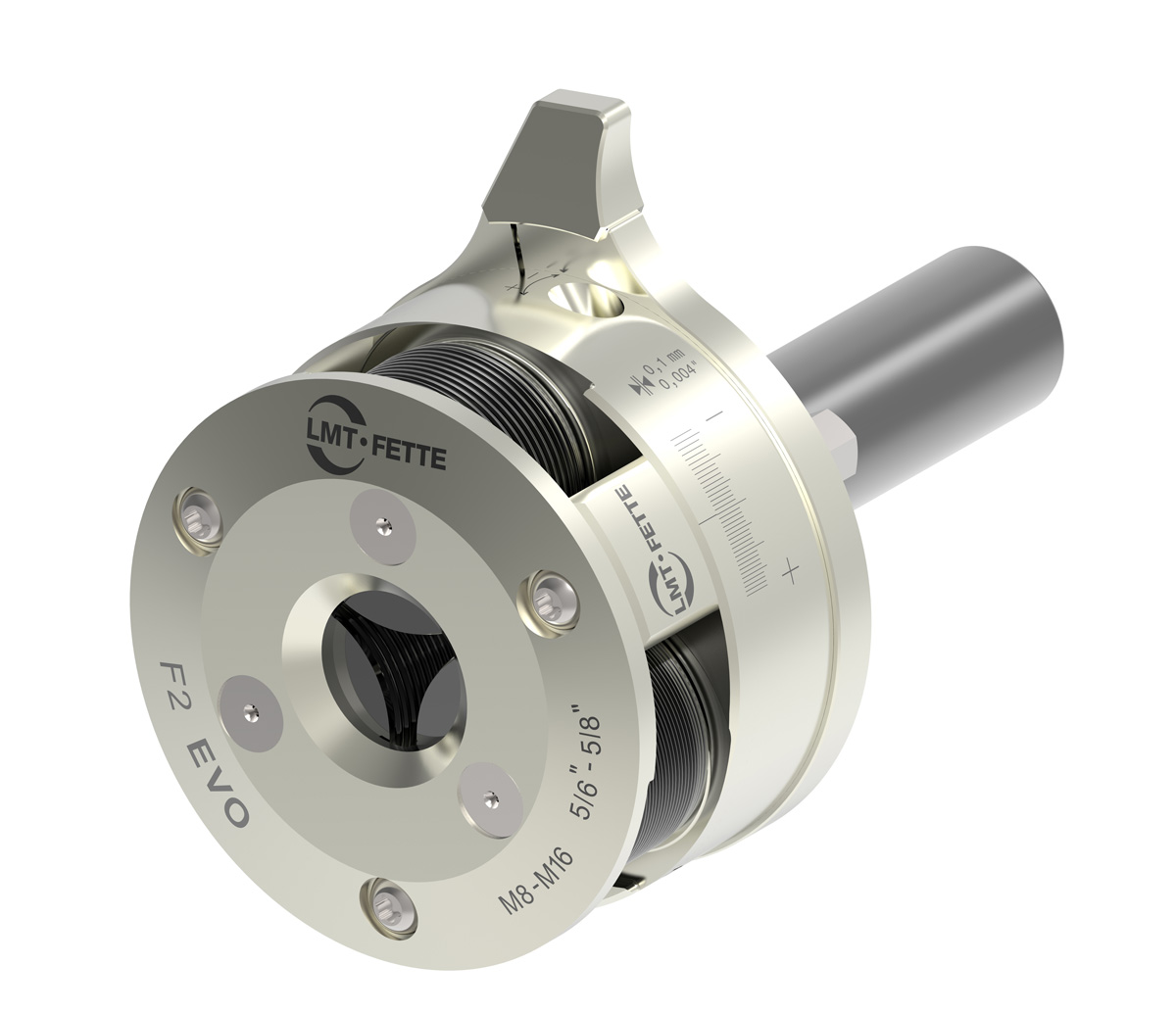In the real time world of contract manufacturing, picture your company landing a contract to produce 80,000 threaded stainless-steel connectors. The specified thread detail calls out a class 3 aviation thread. You could choose to single point, chase, or roll the threads. Would either option impact your bottom line? ABSOLUTLY !
Single pointing will likely produce 100 threads per cutting edge of the insert used. From the first part to the final part per edge, insert wear will allow drift in the minor, pitch and major diameter. It may introduce the need to deburr as well as require 10 or more passes to complete each thread. Cycle times for threading will likely exceed 10 seconds per thread. Indexing the tooling every 100 pieces adds cumulative down time. While the insert cost is relatively low, cycle time and down time add significant cost to the final product.
Chasing reduces the cycle time but also has the potential for burr creation as well as the need to regrind chasers.
Rolling will yield as much as 100 times the volume of threads without a tooling change. Rolled threads will never require deburring. The minor diameter and pitch diameter of a rolled thread are a function of the roll design and will never waiver. The major diameter is a function of the blank size but since the major diameter of any class of thread is typically an allowance of .010 normal turning tools will see extended life.
Cycle time will be on an order of 1 inch of completed thread per second of cycle. This is typically 10 times faster than cutting the thread. The tensile strength of the rolled thread will typically double from the stated tensile of the raw material. Servicing the tool with roll replacement can be done in minutes on the machine. Since labor cost is the largest factor in determining the overall cost of each part, cycle time to produce the part and service time to renew and replace tooling are the biggest factors in calculating profitability. Understanding these circumstances makes thread rolling the obvious choice for maximizing profitability. Rolling yields the highest quality product in the shortest possible cycle time. Cycle time and profitability are codependent.
